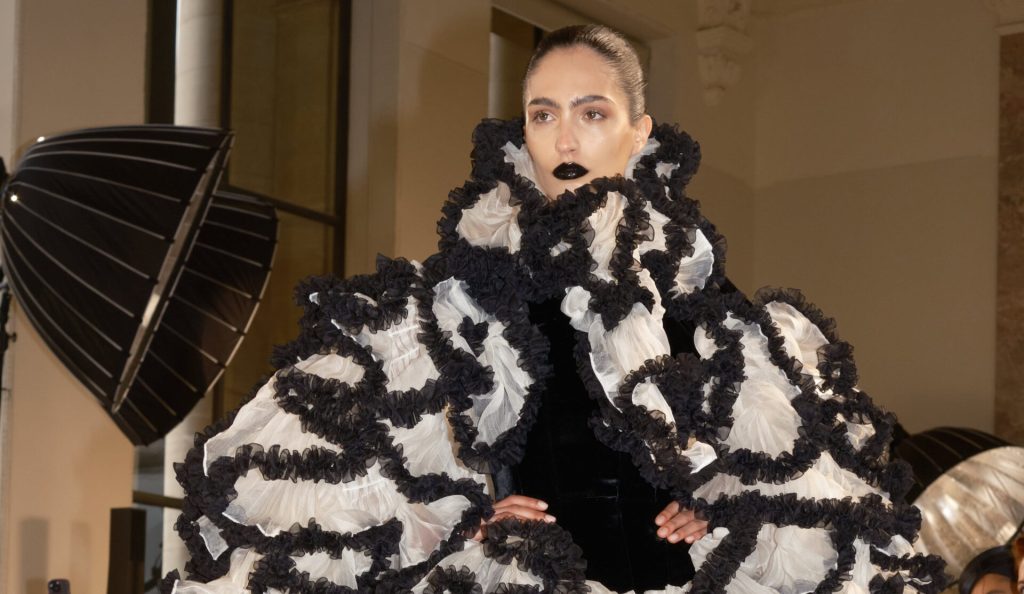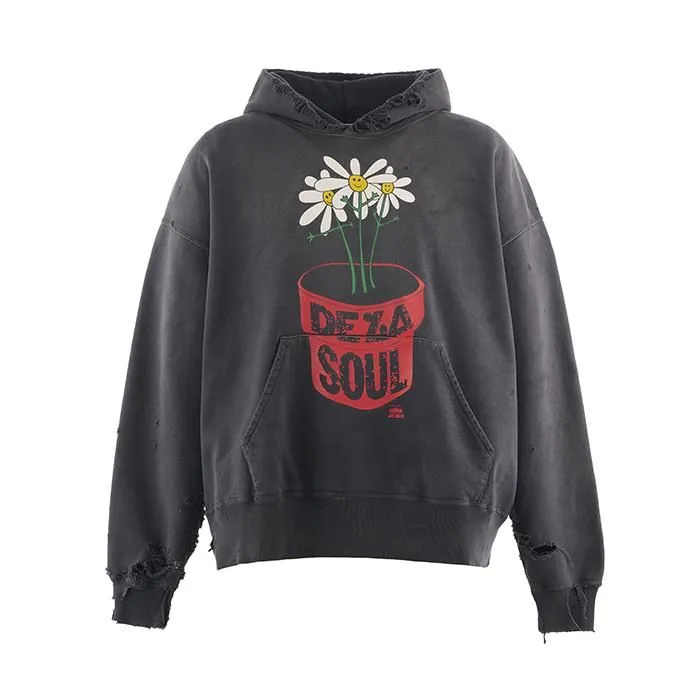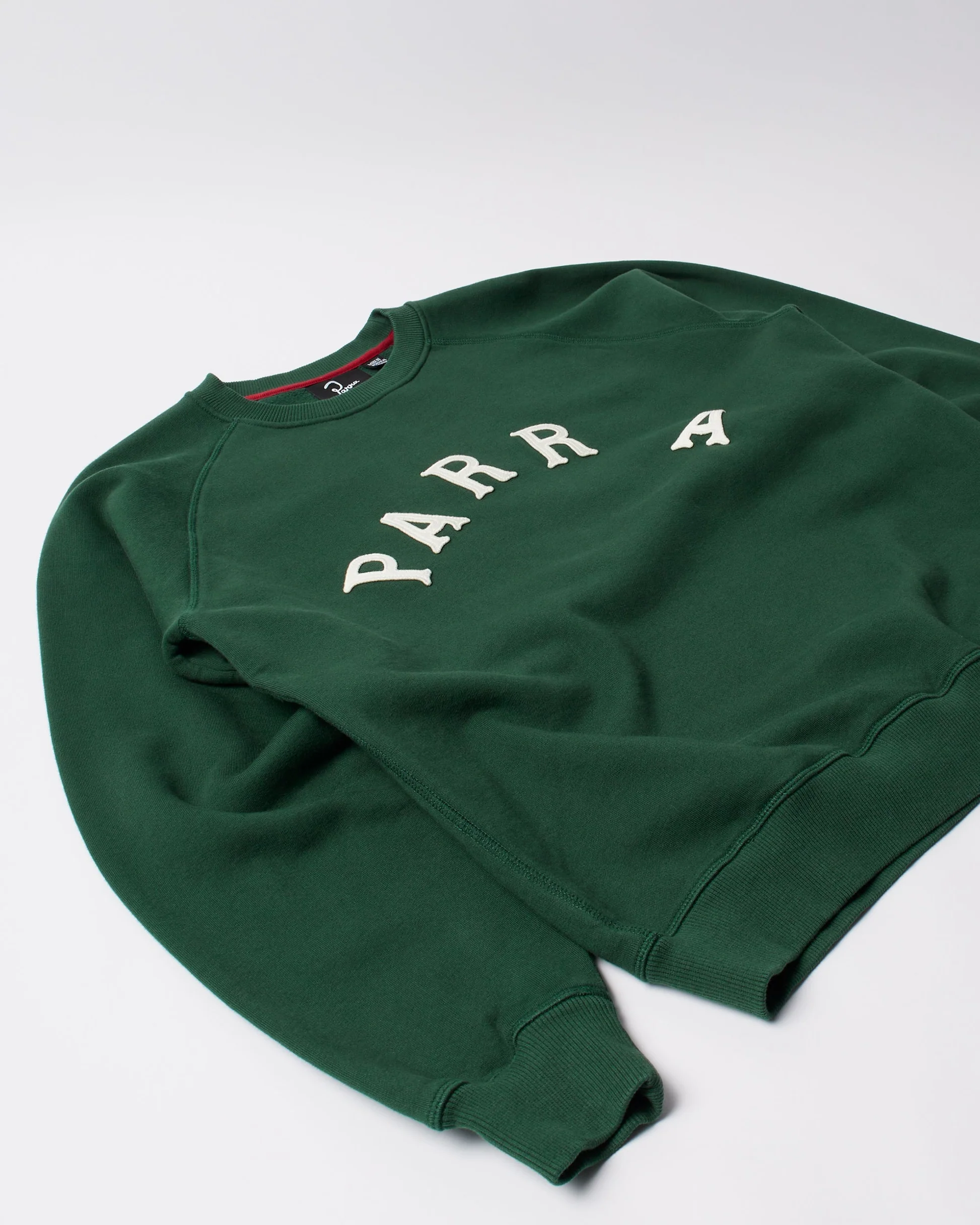In spring 2026, London’s Victoria & Albert Museum will host an exhibition long overdue: the first-ever UK retrospective dedicated to Schiaparelli. From Elsa Schiaparelli’s avant-garde beginnings in 1927 to the current renaissance under Daniel Roseberry, this exhibit promises to be a feast for fashion lovers, historians, and dreamers alike. Schiaparelli’s journey—spanning decades, wars, cities, and artistic revolutions—embodies the soul of couture and the transformative power of creativity.
Elsa Schiaparelli: The Early Visionary
Born in 1890 to a scholarly Italian family, Elsa Schiaparelli was never one to conform. She moved to Paris in the 1920s, when the city’s artistic circles were buzzing with the energy of surrealism. Her first major success came in 1927 with a hand-knit trompe-l’œil sweater that cleverly simulated a bow—an immediate sensation among avant-garde circles.
Schiaparelli’s designs stood apart from the restrained elegance of her contemporary, Coco Chanel. While Chanel refined simplicity, Schiaparelli embraced shock value and whimsy. She collaborated with artists such as Salvador Dalí and Jean Cocteau, pushing her creations into the realm of wearable art. Her famous “lobster dress,” created with Dalí in 1937, remains one of fashion’s most iconic pieces, illustrating her delight in defying convention.
Schiaparelli’s London Connection
Although Paris was her main base, Schiaparelli maintained a strong presence in London. In the interwar years, London was a vibrant hub for international clientele seeking luxury and sophistication. Schiaparelli’s London branch catered to aristocrats, artists, and actresses—clients eager for garments that transcended trends and expressed individuality.
The upcoming V&A exhibition intends to illuminate this overlooked chapter, showcasing garments commissioned by British clients, including eccentric pieces worn to lavish soirées, opera openings, and private salons.
The War Years and Retirement
As Europe plunged into World War II, Schiaparelli’s business faced immense challenges. Materials were rationed, clientele scattered, and the once-glittering salons in Paris dimmed. Yet, Schiaparelli adapted, introducing more utilitarian designs while maintaining her artistic spirit.
After the war, the rise of Christian Dior’s “New Look” in 1947 signaled a shift toward a different kind of femininity, emphasizing nipped waists and voluminous skirts. In 1954, Elsa Schiaparelli closed her couture house and retired, publishing her autobiography, “Shocking Life,” a testament to her rebellious soul.
The House’s Revival Under Daniel Roseberry
For decades after Schiaparelli’s retirement, the house remained dormant, its legend sustained by occasional tributes and collectors’ pieces. In 2019, American designer Daniel Roseberry was appointed as creative director—a bold move, given his relative anonymity in Parisian couture circles.
Roseberry’s debut was a revelation. Instead of mimicking Schiaparelli’s literal archives, he channeled her spirit of experimentation and surrealism, bringing a fresh, sculptural dynamism to the house. His designs juxtapose fluid draping with architectural structure, oversized anatomical jewelry, and unexpected materials.
Contemporary Reinventions
The images you shared capture two striking examples of Roseberry’s vision. The first, a voluminous black-and-white gown, evokes movement and poetry. Its sculptural silhouette, resembling clouds or baroque arabesques, harks back to Elsa’s love of the surreal and theatrical. The gown’s ruffled contours, outlined in black, offer a graphic boldness that feels both contemporary and timeless.
The second image features the iconic golden anatomical bust jewelry on a sleek black gown. Inspired by human lungs and bronchial trees, this piece fuses biology and fashion, echoing Elsa’s fascination with body-centric motifs. The stark contrast between the minimalist black and the intricate golden sculpture captures Schiaparelli’s essence: a tension between simplicity and extravagance, realism and dream.
The V&A Exhibition: Beyond the Archive
Scheduled for spring 2026, the Victoria & Albert Museum’s Schiaparelli retrospective will chart the house’s evolution from Elsa’s 1920s beginnings to Roseberry’s present-day reimagining. The exhibition is expected to feature over 100 garments, accessories, sketches, and personal ephemera, providing an intimate glimpse into the designer’s creative universe.
Key highlights will include Elsa’s collaborations with surrealist artists, her “Shocking Pink” perfume bottle shaped like a dressmaker’s dummy, and rare pieces worn by her London clientele. Beyond simply cataloging iconic moments, the exhibition aims to examine Schiaparelli’s impact on women’s self-expression.
Elsa Schiaparelli championed the idea of clothing as a form of self-invention and artistic statement. Her approach to fashion was not about making women pretty in a conventional sense but about empowering them to be fearless, witty, and subversive.
A Dialogue with Art and Performance
Unlike other couturiers, Schiaparelli didn’t see fashion in isolation. She drew from poetry, sculpture, painting, and theater. Her salons doubled as creative labs and social hubs, frequented by figures like Marcel Duchamp and Man Ray.
This interdisciplinary ethos resonates in Roseberry’s current collections. For example, his sculpted breastplates, body-hugging velvet gowns with celestial motifs, and larger-than-life headpieces recall the performative nature of costume. In many ways, each Schiaparelli piece is a conversation—between body and garment, art and life.
The V&A plans to explore these relationships by showcasing archival footage, artist correspondences, and performance costumes. This contextual approach helps situate Schiaparelli within a broader avant-garde narrative, where fashion becomes an extension of the mind and spirit.
Schiaparelli’s Enduring Influence
Schiaparelli’s influence extends far beyond her own collections. Designers from Yves Saint Laurent to Alexander McQueen have acknowledged her imprint. Her legacy can be traced in today’s focus on statement-making, conceptual fashion—pieces meant to provoke, to delight, and to challenge.
In a world increasingly dominated by commercial pressures and mass production, Schiaparelli’s fearless originality offers a counterpoint. Her vision encourages designers and wearers alike to embrace the unexpected, to cultivate curiosity, and to view clothing as an extension of self-expression.
Looking Ahead: The Future of Schiaparelli
Under Roseberry, Schiaparelli continues to evolve rather than merely replicate. By reinterpreting the surrealist codes for a new generation, Roseberry honors the house’s DNA while making it relevant for today’s red carpets, editorial shoots, and avant-garde collectors.
Celebrity clients such as Lady Gaga, Beyoncé, and Zendaya have embraced Schiaparelli’s daring couture for high-profile events, underscoring the house’s appeal beyond traditional haute couture circles. This global visibility ensures that Schiaparelli’s legacy reaches new audiences, further embedding her story into contemporary cultural consciousness.
Ideologue
As we await the Schiaparelli exhibition at the V&A next spring, it’s worth reflecting on the remarkable journey of this storied house. From Elsa Schiaparelli’s audacious beginnings to Daniel Roseberry’s bold new visions, Schiaparelli represents the fearless side of fashion—the side that refuses to be confined to trends or rules.
In an era that increasingly prioritizes authenticity and individuality, Schiaparelli feels more resonant than ever. The V&A’s tribute promises not just to celebrate a designer but to ignite conversations about art, identity, and the boundless possibilities of creative expression.
When visitors step into this exhibition, they won’t merely be viewing clothes; they’ll be entering a universe where fashion becomes poetry, where silhouettes transform into sculptures, and where every piece tells a story of defiance, wonder, and imagination.
No comments yet.









